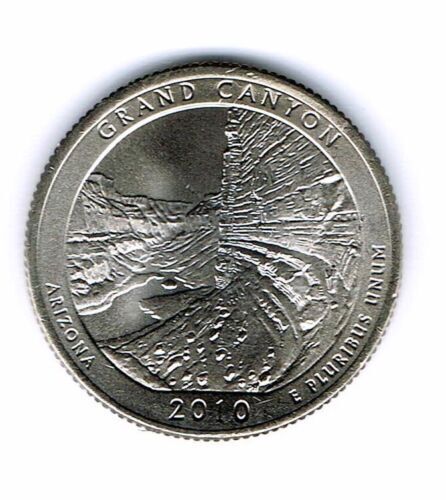In the ever-evolving world of numismatics, modern quarters have carved out a niche that is both fascinating and potentially lucrative. While many collectors focus on older coins, modern quarters are gaining attention for their unique designs and the potential for valuable finds. This article explores the worth of modern quarters, with a special focus on the 2010 Washington Quarter Proof, highlighting key details that make these coins significant to collectors.
Historical Context
The Washington Quarter was first introduced in 1932 to commemorate the 200th anniversary of George Washington’s birth. Over the years, its design has evolved, with the most significant changes occurring in the late 20th and early 21st centuries. The 2010 Washington Quarter Proof is a part of the America the Beautiful Quarters series, which was launched to celebrate the national parks and sites across the United States. This series holds particular importance to collectors due to its intricate designs and the historical significance of the sites it commemorates.

2010 Washington Quarter Proof Value Chart
The value of a 2010 Washington Quarter Proof can vary significantly based on its condition. Below is a value chart that provides an estimated range for each grade:
| Condition | Estimated Value Range |
|---|---|
| Good | $5 – $7 |
| Fine | $8 – $10 |
| Extra Fine (XF45) | $12 – $15 |
| About Uncirculated (AU) | $16 – $20 |
| Brilliant Uncirculated (BU) | $22 – $30 |
| MS66 | $35 – $45 |
2010 Washington Quarter Proof Obverse and Reverse Design
The 2010 Washington Quarter Proof features a prominent image of George Washington on the obverse side. The reverse side showcases a unique design for each quarter in the America the Beautiful series, illustrating a national park or site. The coin’s edge is reeded, typically with 119 reeds, which adds a textured finish and is a distinctive feature for identification.
2010 Washington Quarter Proof Composition and Physical Features
The 2010 Washington Quarter Proof is composed of 90% silver and 10% copper, giving it a lustrous appearance. The coin has a diameter of 24.26 mm and a weight of 6.25 grams. This composition not only enhances the coin’s aesthetic appeal but also contributes to its value, as the silver content can influence market prices.
Rare Issues and Error Coins
As with many coin series, the 2010 Washington Quarter Proof is known to have some rare and error coins that attract attention from collectors. Errors such as double dies, off-center strikes, and planchet errors can significantly increase a coin’s value. Collectors are advised to look for these anomalies as they can be quite lucrative.
Special Releases
Special releases of the 2010 Washington Quarter Proof include proof sets and uncirculated coin sets. These sets are often more valuable than individual coins due to their limited availability and the pristine condition in which they are preserved. Collectors should keep an eye out for these sets as they can represent a good investment.
- Double Die Error: Estimated Value – $150 – $300
- Off-Center Strike: Estimated Value – $200 – $400
- Planchet Error: Estimated Value – $250 – $500
How to Identify a Valuable 2010 Washington Quarter Proof
To identify a valuable 2010 Washington Quarter Proof, collectors should examine the coin closely for any errors or unique features. Use a magnifying glass to check for double dies or off-center strikes. Additionally, verify the coin’s condition using the grading scale, as higher-grade coins are typically more valuable. Pay attention to the silver content and ensure the coin is part of a special release or set, as these factors can also enhance its value.
In conclusion, modern quarters like the 2010 Washington Quarter Proof offer a wealth of opportunities for collectors. Whether you’re intrigued by the historical significance, the intricate designs, or the potential for valuable finds, these coins have much to offer. By understanding their context, composition, and identifying features, collectors can make informed decisions and potentially uncover valuable treasures in their collections.